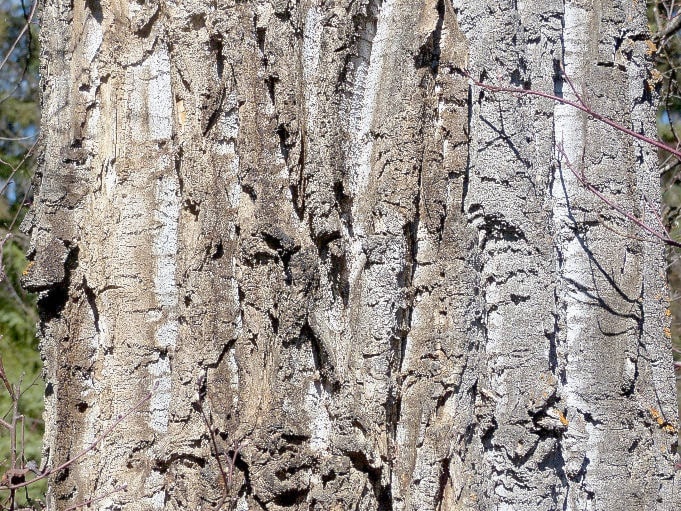The temperatures rise. The snow melts and the river starts to lap at its banks. It is one of the most important times of the year for some creatures. Spring runoff. Although the spring floods can cause trouble for our homes and property it is a natural part of our ecosystem and some creatures depend on it to survive.
The dark, rushing, muddy water holds more than just silt and debris. Aquatic insects brace themselves under the rocks to stop from being torn away in the current. Coho and Chinook eggs that were laid a foot under the gravel in the fall have hatched into alevin and are feeding on their yolk sac safely tucked away from the raging waters above.
They will wiggle their way out from under the rocks sometime in May. But the ones that hatched in the fall of 2018 and have called our river home for the past year and a half are riding the spring wave to the Skeena estuary in Prince Rupert. The invisible migration has begun.
Another creature that depends on the spring floods is the cottonwood. Since we are surrounded by trees it may seem strange to say that these trees are endangered but the black cottonwood ecosystems are unique. Not to be confused with the smaller balsam poplar or the even smaller trembling aspens these goliaths have deeply ridged bark and grow so large it take several people joining hands to mark their circumference.
As they mature they become the perfect home for pileated woodpeckers, barred owls, and chickadees. They are found near rivers and lakes where the ground is full of moisture but the key to their success is spring flooding. The seeds of the cottonwood rely on flooding events to germinate.As river levels are more and more controlled to prevent flooding of infrastructure Cottonwoods are dying off.
This is why the District of Houston has designated the North Side parks as green space. Not just to provide us with a place to take our dogs for walks and enjoy our summer swimming holes but to protect the giant black cottonwoods.
To join in the fun join the UBRStreamkeepers group at www.facebook.com/groups/UBRStreamkeepers
Cindy Verbeek is the Northern BC Project Coordinator for A Rocha Canada and Manager of the Buck Creek Canfor Hatchery. For more information please contact her at cindy.verbeek@arocha.ca.
